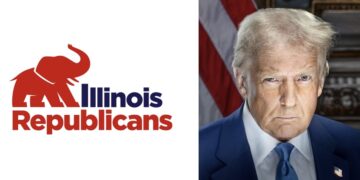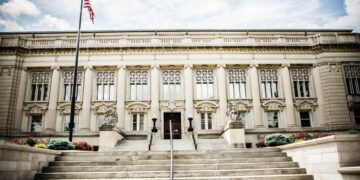In the 1950s, effective average federal taxes were only 17 percent. Milton Ezrati weighs in on the arguments for a 70 percent top tax rate to fund a “Green New Deal”:
[Paul] Krugman and [Alexandra Ocasio-Cortez] play fast and loose when it comes to the country’s prosperity under high tax rates. It’s true that the United States prospered with a top rate of 70 percent and higher in the mid-twentieth century. But the tax code then included loopholes that drastically reduced the amount of income subject to those rates. All the tax cuts since then have closed those loopholes. One can forgive Ocasio-Cortez for missing the difference, as she has consistently shown economic and historical ignorance, but Krugman should know better.
In the 1960s, 1970s, and early 1980s, for instance, when the 70 percent maximum rate prevailed, taxpayers could write off all state and local taxes, with no limit—including sales taxes, licensing fees, property taxes, and income taxes. They could also write off all interest expenses without limit—on their mortgages (no matter how many), all credit-card debt, auto loans, or home-improvement loans. Imagine the benefits to a plutocrat, buying a third home or a fifth Bentley.
His tax would be calculated on net income, reduced by any fees, sales, or transfer tax, as well as all the interest expenses on the mortgages or auto loans over the years. The code included dividend exclusions and generous provisions for capital-gains preferences. Taxpayers back then could shelter unlimited amounts in IRAs. Social Security payouts were tax-free, no matter how high a person’s income. Individuals could write down their taxable income through averaging provisions and transfer as much income as they liked to their children, who paid at lower rates. There was no limit to rental-loss deduction. Business losses counted against all income.
Given these breaks and loopholes, it’s no surprise that few people actually paid those high rates on much of their income. The nonprofit Tax Foundation estimates that in the 1950s, for instance, when the top statutory rate was 92 percent, the top 1 percent of taxpayers wrote off so much income that their effective average federal tax rate was about 17 percent. If our highest earners today were offered the 2019 code or the old one, they might well go for the old rules, even at a 92 percent top rate.
[Milton Ezrati, “The ‘Green New Deal’ Is a Fiscal Fantasy,” City Journal, January 14]







